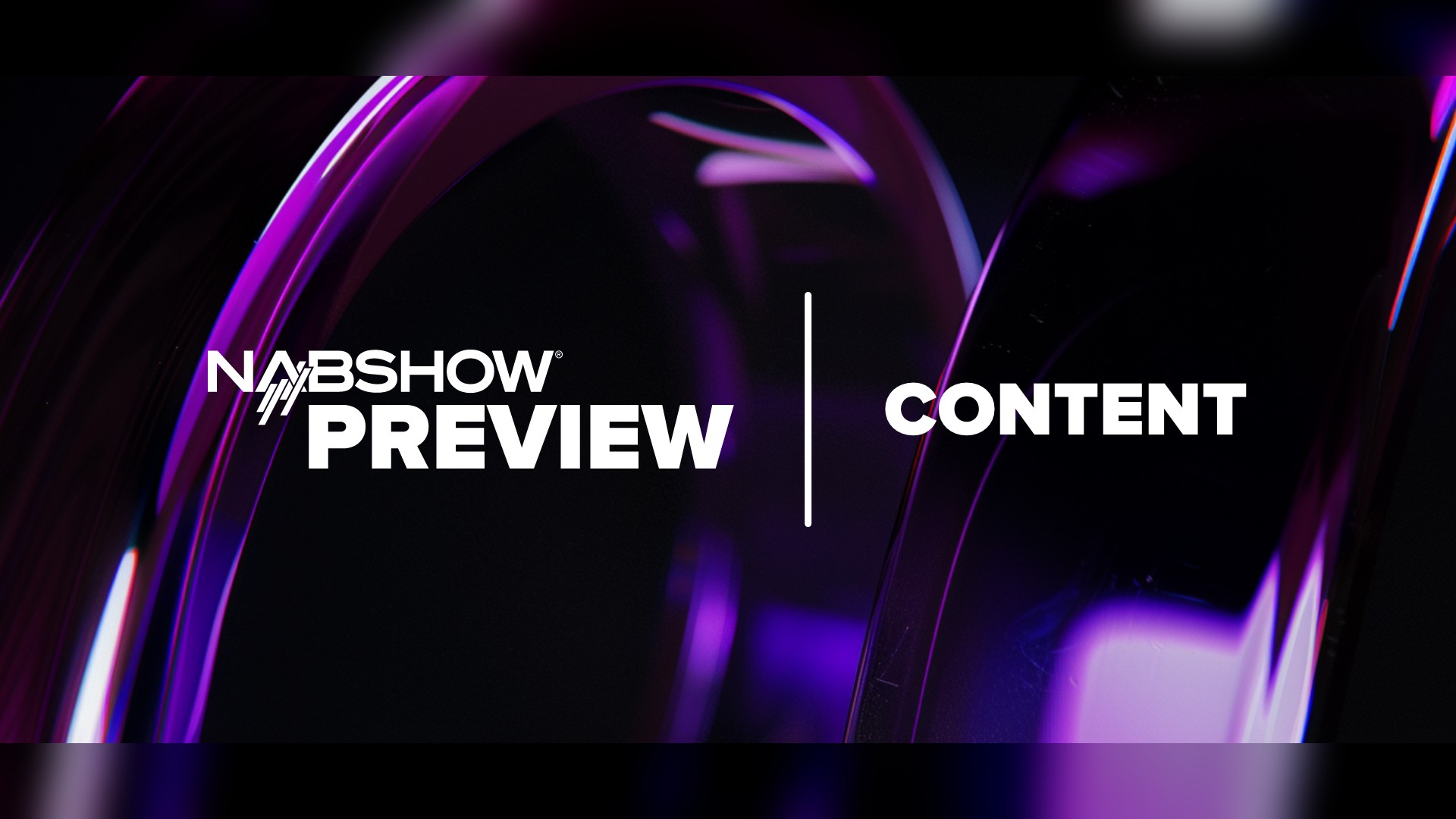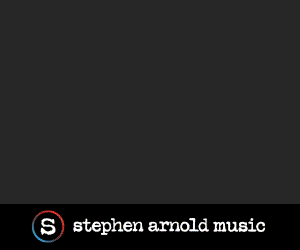NAB Show Preview: Short-form content and creators altering content consumption trends

Subscribe to NewscastStudio for the latest news, project case studies and product announcements in broadcast technology, creative design and engineering delivered to your inbox.
Evolving content consumption patterns continue to shape strategic decisions across media and entertainment.
“It’s always interesting to see how the methods for consuming content continue to evolve. Whether that’s as a creative during the production stage or as an end consumer enjoying a finished piece of content,” said Alex Ferris, senior director, solutions, engineering and enablement at LucidLink.
During the 2025 NAB Show, education sessions and vendors will showcase solutions that address shifting viewer habits and the technologies enabling new consumption models.
Short-form content surges across demographics
The explosive growth of short-form content, particularly among younger audiences, will make or break the future of broadcast and media.
“OTT consumption is trending heavily towards short-form content across all demographics, but with Gen Z in particular redefining new viewing habits,” said Paul Pastor, co-founder and chief business officer at Quickplay. “This change in viewing behavior requires a strategic reimagining of audience engagement.”
Recent research by GenZ Insights in collaboration with Quickplay and Toluna underscores this change, noting that Gen Z viewers spend over three hours daily on short-form platforms compared to just one hour on streaming and broadcast combined.
Additionally, 81% of Gen Z video viewers watch content in vertical or portrait format weekly.
The implications for traditional broadcasters are profound. Many are now scrambling to integrate short-form strategies into their platforms rather than cede this territory entirely to social media giants such as TikTok or YouTube.
“Today, platforms like TikTok and YouTube capture a growing share of eyeballs across audiences but that doesn’t have to be the case – with a well-thought out strategy for Shorts, streamers and broadcasters can not only compete, but they can win the battle for viewers,” Pastor added.
The creator economy reaches new heights
The rise of creator-driven content has established a formidable economic force that traditional media companies can no longer ignore.
“Short form and creator content in particular is creating a storm,” said Ben Shirley, product manager at MainConcept.
“Social media, streaming services and other mainstream content formats are rapidly adopting a head-on approach to short form content, building it into their existing user interfaces and creating space for its evolution in 2025 and beyond,” said Shirley. “This is fast developing a rich and exciting future for the creator economy, currently worth approximately $250 billion.”
The migration of this content to larger screens further blurs the line between traditional and new media.
“Just recently, the CEO of YouTube confirmed that TV was the number one platform for viewing its content, and more than 1 billion hours are watched per day across TV sets in the US – suggesting a fast and explosive takeover for the creator economy,” Shirley noted.
Immersive experiences raise viewer expectations
“Consumers have a new baseline for what is considered high-quality visual content. It happened rapidly and it is expected across all our devices,” said Dave Hoffman, business development manager, Americas at Blackmagic Design.
The launch of devices like Apple Vision Pro has created interest in immersive media experiences, but these new experiences rely on a long-term commitment to these products.
“With devices like Apple Vision Pro reshaping how content is consumed, the industry is flipping on its head to produce more interactive and engaging media experiences,” said Hoffman.
This evolution creates opportunities for content creators willing to embrace new technologies.
“I’m looking forward to seeing how we as an industry will, and already are, embracing the next phase of content consumption and the concept of transporting viewers to the center of the action in new ways,” Hoffman added.
Esports and gaming continue mainstream integration
“Esports, creator content and live streaming are all born from similar roots, promoting a new and innovative approach to the creator economy,” noted Shirley. “With esports being so dynamic, high speed and competitive by nature, the possibility for monetization is particularly noticeable.”
The esports sector continues its trajectory from niche interest to mainstream entertainment, bringing with it unique consumption patterns and monetization opportunities.
The convergence of esports, streaming and creator content supports “a future where the monetization and gamification of content is almost guaranteed, especially supporting contextual and even AI advertising possibilities,” according to Shirley.
As the industry converges on Las Vegas, the NAB Show provides a crucial forum for exploring these evolving consumption models and their implications.
“NAB provides an environment in which we can really dig deep with our customers, face to face, to identify the specific technologies and workflows that are needed to bring their audiences a deeper sense of engagement, realism and immersion, with the lowest barrier to entry,” said Hoffman.
Subscribe to NewscastStudio for the latest news, project case studies and product announcements in broadcast technology, creative design and engineering delivered to your inbox.




tags
Alex Ferris, Apple Vision Pro, Ben Shirley, Blackmagic Design, Dave Hoffman, Esports, LucidLink, MainConcept, NAB Show 2025, NAB Show News, Paul Pastor, Quickplay, Streaming OTT, TikTok, youtube
categories
Content, Content Delivery and Storage, Esports Broadcasting and Production, Featured, NAB Show